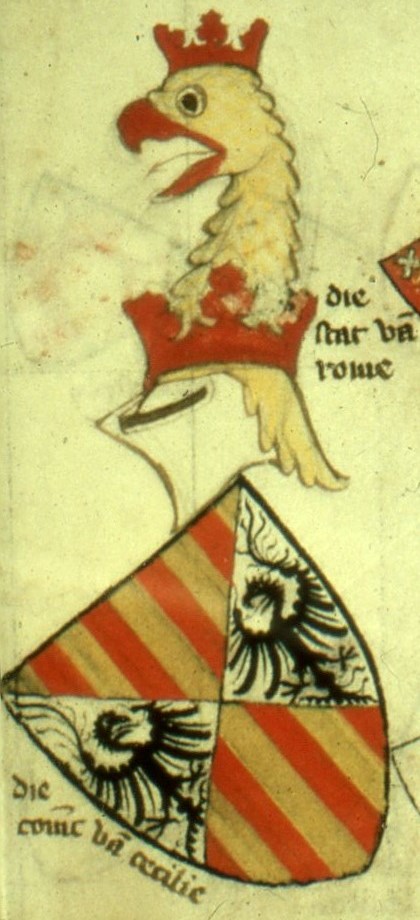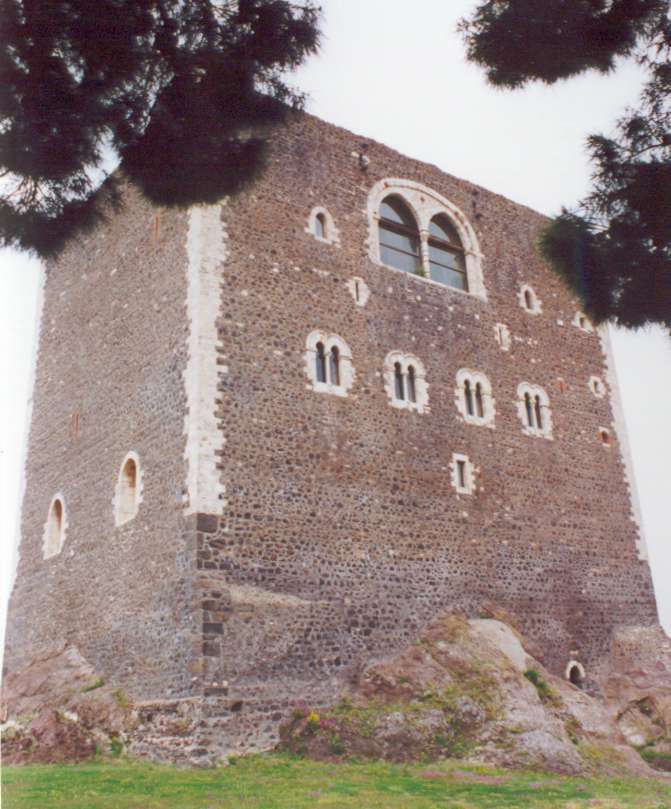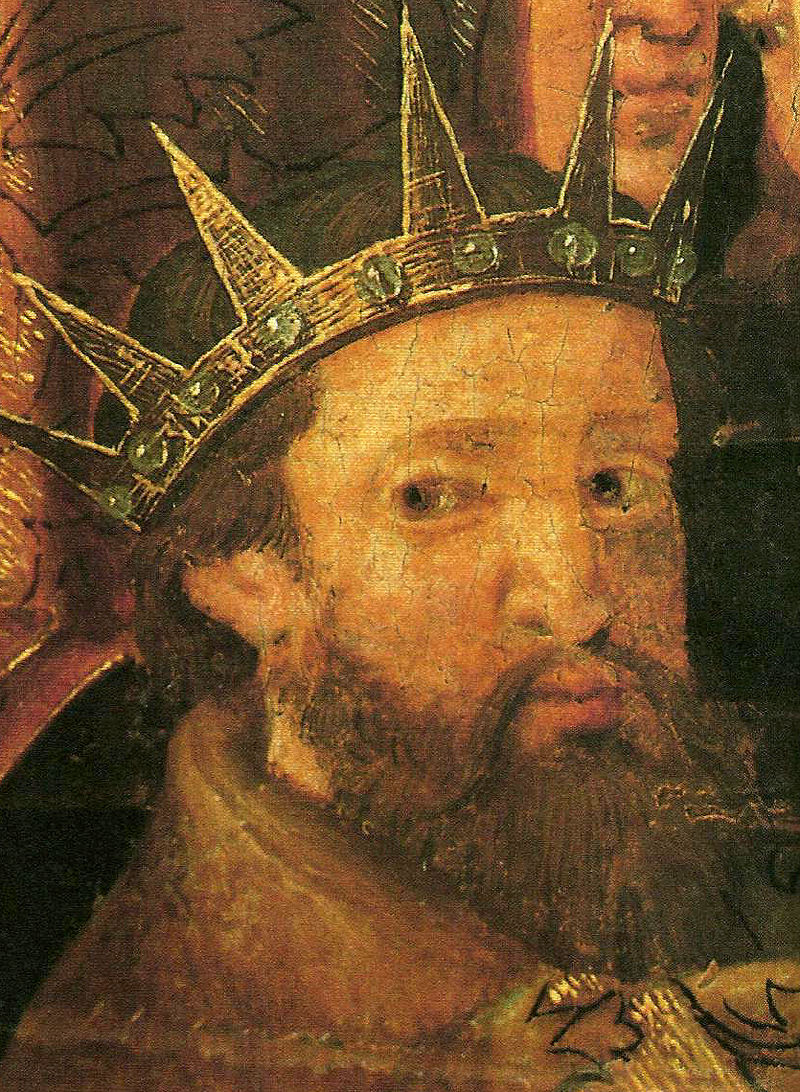Adolescence
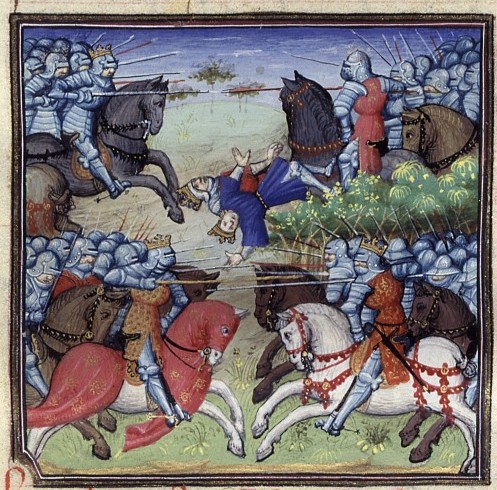
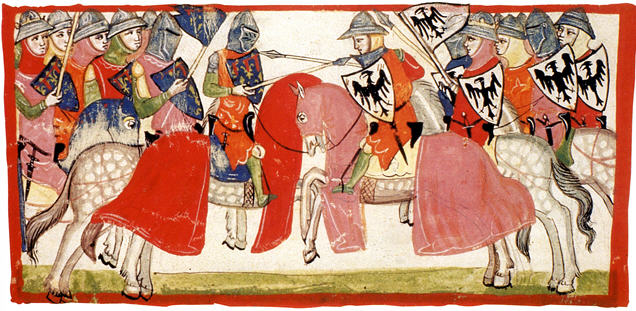
The Hohenstaufen rule of Sicily ended with the death of Manfredi at the Battle of Benevento (1266). Charles I, the duke of Anjou who had come to Italy on the behest of Pope Urban IV to fight on the side of the Papal alliance against the Hohenstaufen would be crowned King of Sicily by Pope Clement IV. By then the island had lost somewhat of its multicultural character with the expulsion of a last remaining pocket of Muslims. It had also lost a lot economic-wise due to the war. Right from the start Sicily was the epicenter of opposition to the French rule. The new “foreign” regime raised the taxes, it transferred the capital from Palermo to Naples, Sicilian nobles were sidelined and Charles never bothered to visit. Sicilians looked for a way out and on Easter Monday, 30 March 1282, the uprising known as the Sicilian Vespers began, leading to the massacre of thousands of Sicily’s French inhabitants within six weeks. The Sicilian Parliament consisted of landowners, mayors of cities, local counts and barons moved from Palermo to Catania and Castello Ursino, it adopted the red and yellow flag with the center trisceles (with the winged head of Medusa in the center, a symbol found on coins minted in Syracuse in the 4th century BC) that is still the flag of Sicily today.
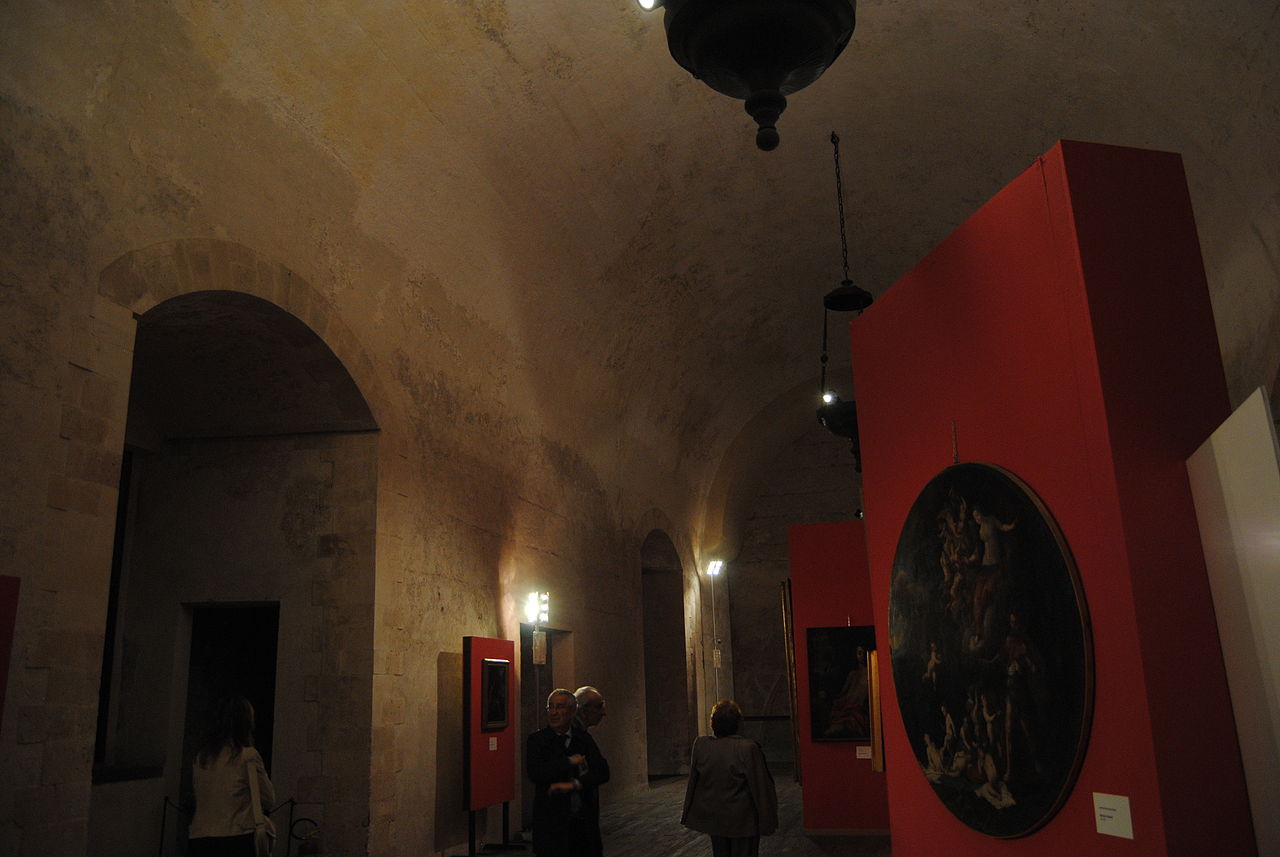

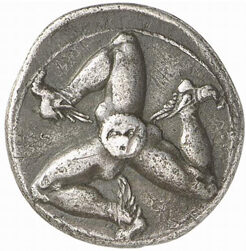
The Sicilians appealed to Peter III of Aragon who could lay claim to the throne, through his wife Constance of Sicily. The Aragonese king accepted the challenge, something that led to the War of the Sicilian Vespers and the enthronement of the Aragonese King as Peter I of Sicily in September of 1282. The island of Sicily became an Aragonese land and broke the long standing union with the south of Italy which remained in possession of the House of Anjou as the Kingdom of Naples.
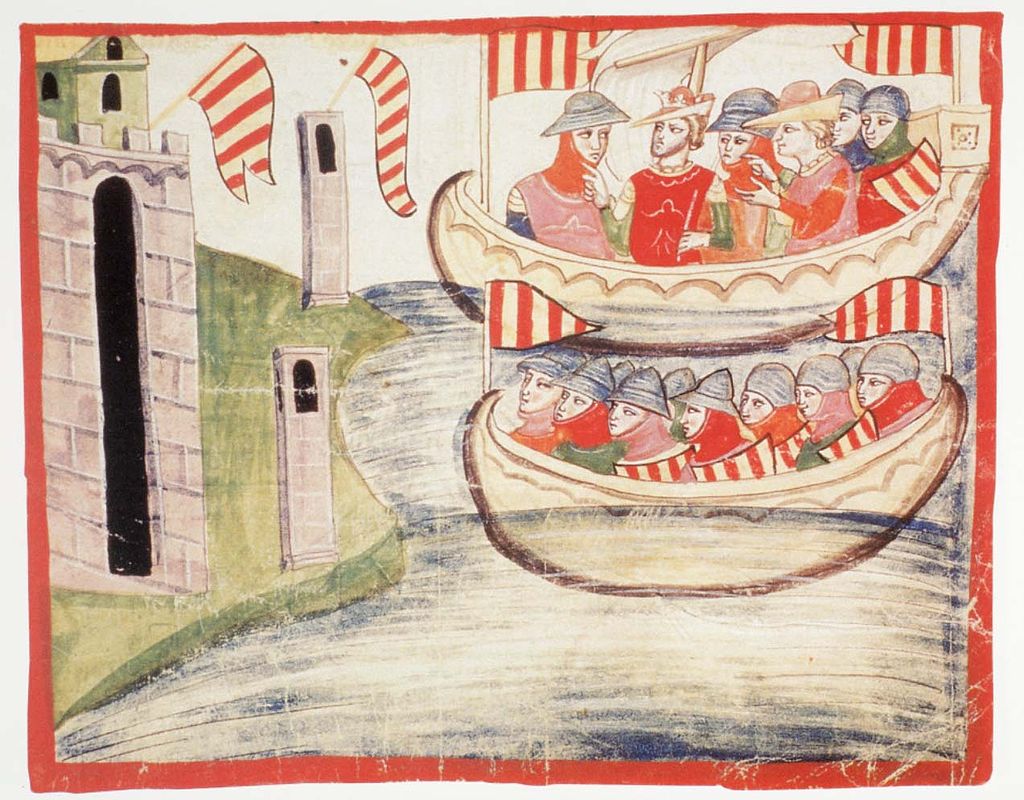
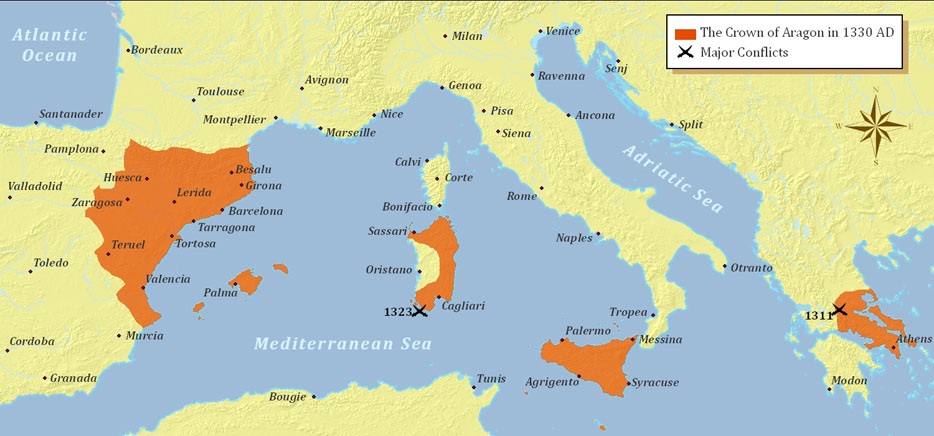
The cultural melting pot of Sicily would incorporate one more major influence. Catalan and Aragonese nobles started to form a new upper cast on the island which experienced a period of relative prosperity and peace, interrupted by short intervals of revolts, by members of the former ruling class and a series of incursions by the kingdom of Naples. The Aragonese King Frederick IV of Sicily was born in Catania in 1341. In 1361 he married his wife Costanza in Catania and shortly after that chose the Castle of Paternò outside Catania as his official residence. When he died in 1377, his fourteen year old daughter Maria di Sicilia born in the Ursino castle of Catania became the heiress of the kingdom. By then the Sicilians had been divided between two major factions. The Aragonese or Catalan faction and the Latin clan consisted of members of the old nobility, leaning on the French side. The Aragonese faction led by Artale Alagona was mostly influential in Catania and eastern Sicily. He would take over the protection of the future Queen who would be raised inside the castle of Catania under his supervision. Alagona’s plans for a suitable marriage between Mary and the Duke of Milan would not agree with rest of the Aragonese faction, leading to her abduction from the castle in 1379 and her imprisonment for two years. Alagona’s plans had failed, Mary was finally freed and married to Martin the Younger of Aragon in 1392. With the death of Mary in 1402, the Sicilian-Aragonese branch became extinct. King Martin I (Martin the Younger) married Bianca, heir to the throne of Navarre , who chose to settle in Catania together with the court. Martin I died in Cagliari in 1409 at the age of 33 and he was succeeded by his father Martin the Elder, king of Aragon, who in essence carried the line of the crown from Sicily to Spain.
